If you were to ask any motorsport fan just who Ayrton Senna's greatest rival was, chances are the response will be "Alain Prost."
Perhaps that is understandable given the rivalry of the late 1980s and early 1990s was the fiercest between any two drivers in the history of motorsport, as Senna used Prost's status as 'the man to beat' to spur him on and to steal his crown as the established benchmark.
But as the great Brazilian would himself point out, Prost was not the driver he had the best experience racing against.
As he would memorably explain at the end of the 2010 film Senna, it was, in fact, a London-born go-karter by the name of Terry Fullerton from Senna's first steps into racing in Europe.
"I would have to go back to 1978, 1979 and 1980, when I was go-kart driving," Senna told media at the 1993 Australian Grand Prix, his final race with McLaren before his fateful Williams move for '94.
"I came to Europe for the first time to compete outside Brazil as a team-mate for Fullerton. He was very experienced, and I enjoyed very much driving with him because he was fast, he was consistent, he was for me a very complete driver.
"And it was pure driving, pure racing. There wasn't any politics then, right? No money involved either so it was real racing and I have that as a very good memory."
To mark 30 years on May 1st since Senna's death at Imola, RacingNews365 recently spoke to the now 71-year-old Fullerton for his reflections.
Viewed by others:
Meeting Senna for the first time
"I first met Ayrton in 1978 at the DAP factory, who were a racing kart manufacturing company," Fullerton says.
"He'd been using their engines in Brazil, and done well and I think he'd won the South American championship, he was about 17-18 at that stage and decided he needed to go and race in Europe for better competition, and he did a deal with DAP to come over and race in the 1978 World Karting Championship.
"We were testing in Parma in Italy, and at the factory about 50 miles away in Milan, I met Ayrton. He was wandering around helping the mechanics to get stuff together and generally looking at what was going on.
"He seemed like a nice kid, he was 17 and I was mid-20s, and was the established number one driver and he was the paying customer for the World Championship, I was happy with that.
"But when we got to the test at Parma, it was all a bit different as we realised how quick he was, that was very impressive. He was a couple of tenths quicker, but was underweight so that needed to be factored in."
The flashpoint
After a cordial relationship with the pleasant Senna, the first major flashpoint between the two happened in 1980 during The Champions Cup at Jesolo in 1980 (below) with the title on the line.
The permutations were clear: whoever finished ahead, would win the championship with it coming down to a final lap decider.
Fullerton would pull off a fine overtake to leave Senna "pissed off" and leading to the Briton being flung into a swimming pool.
"I caught and passed him on the last lap," Fullerton recalls.
"He was blocking like mad, I got around him and down the inside, but he closed the door massively into the corner, and he kind of went on two wheels.
"I finally came out and had the lead, so all I had to do was drive clean for the last half-a-lap and would win the championship.
"He was dramatically pissed off, and he was supported by the whole DAP factory, they were all completely on his side.
"The way it was organised, I really beat him on qualifying time, and he was really pissed off, he saw it much worse than it actually was and it was as clean a move as I could possibly make it with him closing me quite violently into the corner.
"The next morning, he pushed me into the swimming pool in the hotel, he seemed quite bitter and wanted to get me back.
"I think I said: 'What the fuck was that?' but he had walked off and I didn't see him until the next race.
"Most of the rest of the time we raced together, there was an awful lot of respect, there was always respect, but we didn't meet near the end of big championships again, something would go wrong, I would blow an engine or either one of us would crash or something."
Paths diverge
By the end of 1980, Senna was starting to look into junior car racing, and signed for the 1981 Formula Ford season with Van Diemen.
Over the next couple of years, he would dominate the category, and for 1983, moved into F3 with West Surrey Racing, engaging in the famous 1983 season with Martin Brundle, and also picked up victory in the Macau Grand Prix.
By 1984, he signed for Toleman in F1, marking a rise from the South American karting championship to F1 in just seven years - but by this stage, Senna and Fullerton's paths had started to diverge.
"He was a brilliant talent and by 1980, you could tell he was going to go somewhere," he says.
"He needed to calm down and be a little bit more professional, and when he went to cars, I did actually go and speak to him in the pits at Silverstone in 1983 when he was in F3.
"We had an amicable chat, he had mellowed a bit and looked brilliant in the car, and I think long distance we were still okay with each other, but I didn't see him very often afterwards at all."
Senna's career trajectory would continue to rise with a stand-out debut year for Toleman, including three podiums, including the famous second at a dreadfully wet Monaco, behind Prost, before a Lotus stint yielded six wins.
For 1988, he would move to McLaren with Honda in tow, and would pick up 35 wins and his three world championships in the seven years he drove for the team, but as ever in F1, McLaren's star was waning.
Williams-Renault was the package to have come 1992, but try as he might, Senna could not muscle himself in and Nigel Mansell or Alain Prost out, but for '94, he finally got his hands on a Williams.
The loss of Senna
Electronic driver aids were banned for 1994, with traction control, automatic gearboxes and active suspension all prohibited, but the cars were as still as fast as before.
In pre-season testing, Senna himself claimed that F1 would be "lucky" if nothing serious happened through the year.
He wrestled the tricky FW16 to pole position for the first two races in Brazil and at Aida in Japan, but was left with zero points after two DNFs, declaring that he had 14 races in which to win the championship on the Thursday of Round 3: the 1994 San Marino Grand Prix.
Fullerton recalls where he was when he heard the news of Senna's passing after the fatal accident at Tamburello on Lap 7.
"I was on a cross-channel ferry coming back from France, I'd been coaching some kids and was coming back home," he says.
"I went to the bar to get a coffee or something and the man behind the bar had some news and was telling people Senna was dead in broken English - "Senna mort".
"I remember very clearly [signed that Senna was dead], and it gives me chills now, and it left an indelible mark on my mind.
"I called my brother from the phone on the ship, and my brother was in tears at the other end of the phone."
Senna's legacy
Fullerton carved a career as a driver coach, with his pupils including the likes of Le Mans 24 Hours winners Mike Conway and Anthony Davidson, as well as reigning Formula E champion Jake Dennis.
But it is with Senna whom he will be forever linked with.
"What can I say about Senna?" he ponders.
"As a kid, he was obviously brilliant, very determined, massively charismatic, very likeable, and all the fans around the world would agree with that.
"Sadly he is part of motor racing history now - a major part of motor racing history that will never be forgotten."
Most read
In this article
Remembering Roland Ratzenberger and Ayrton Senna 30 years on RN365 News dossier
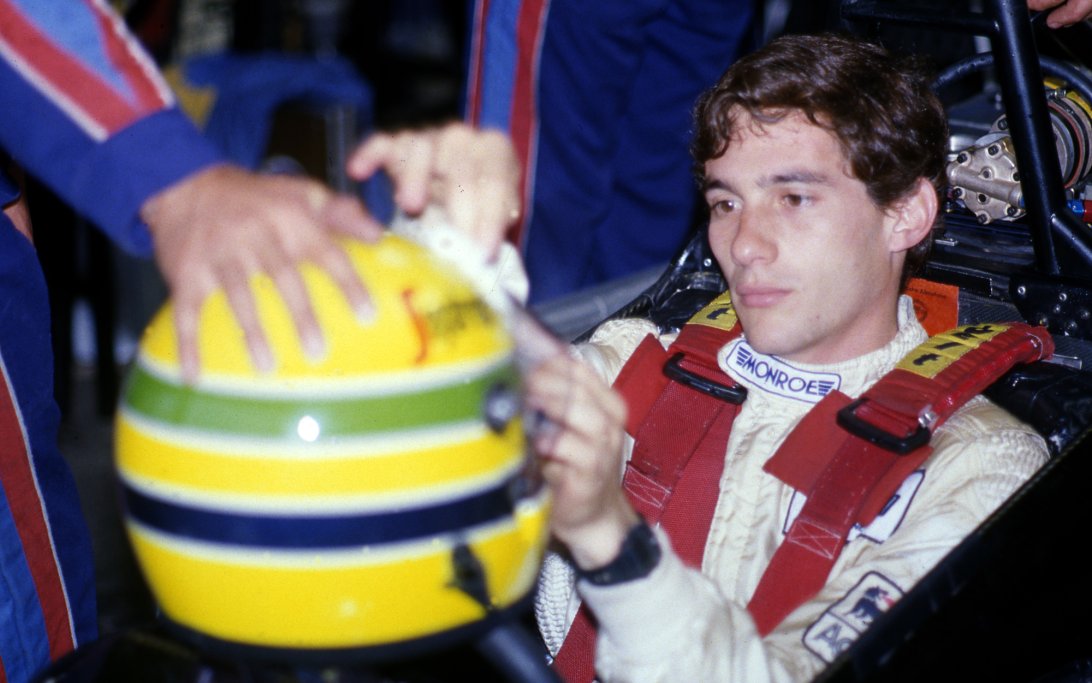

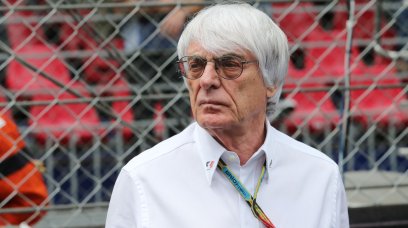

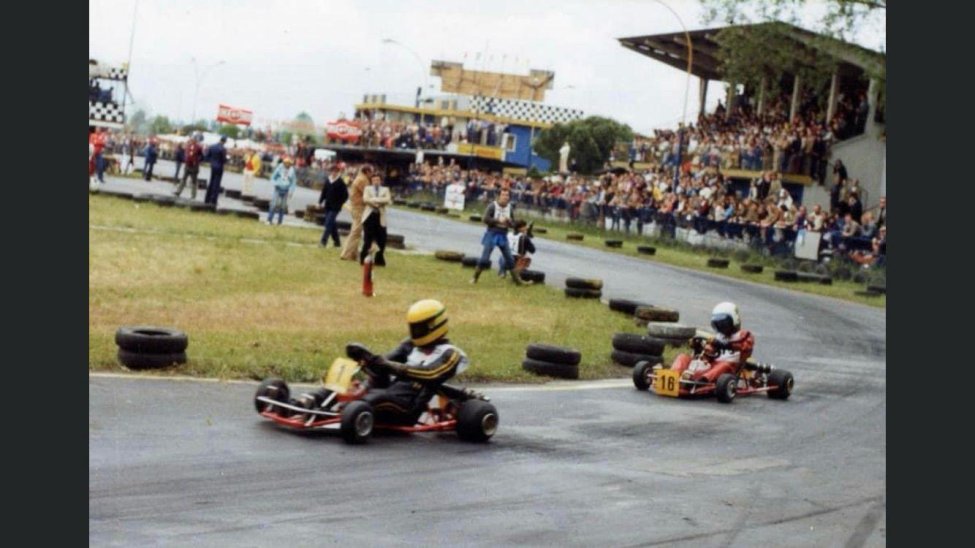

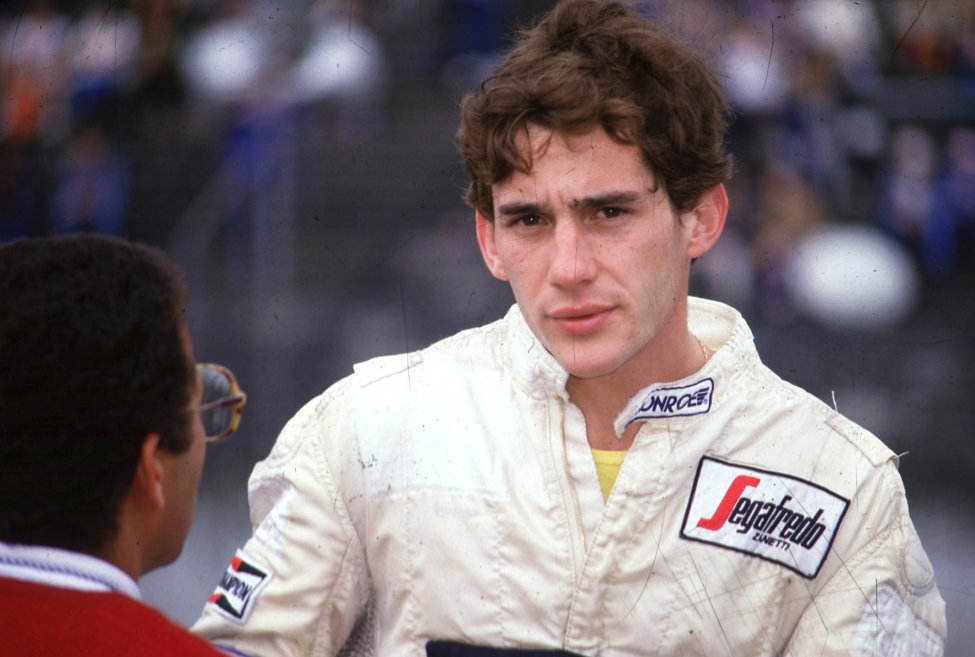
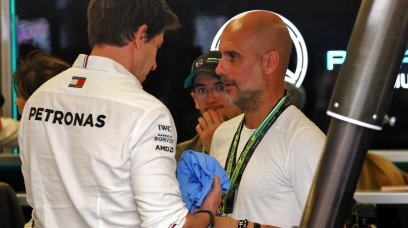



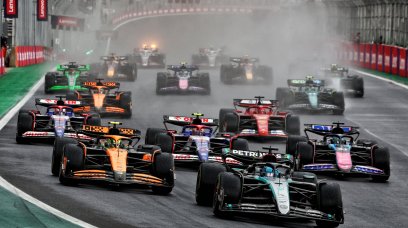
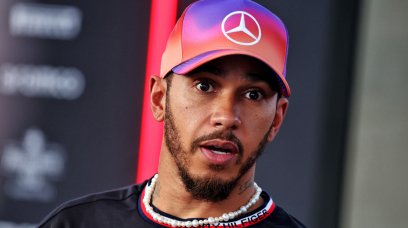

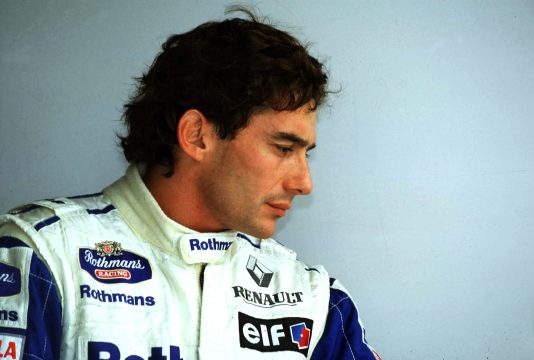
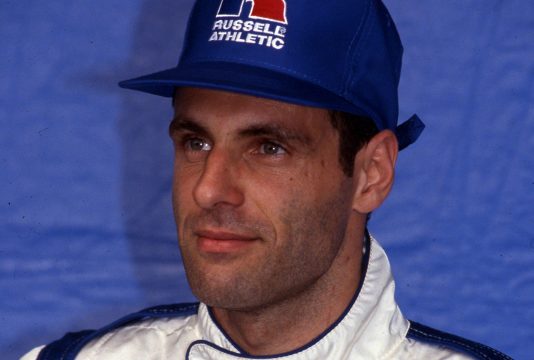
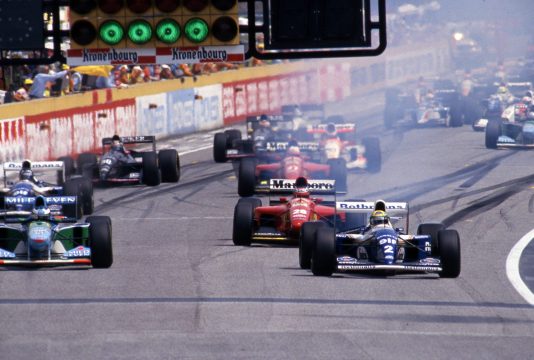
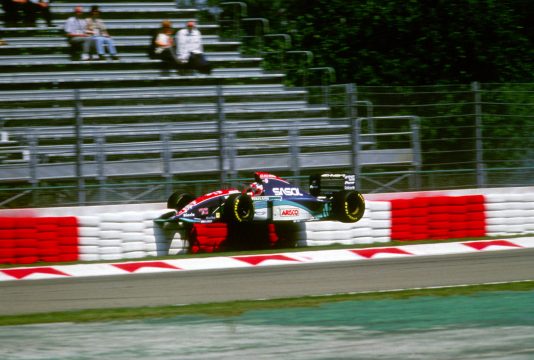

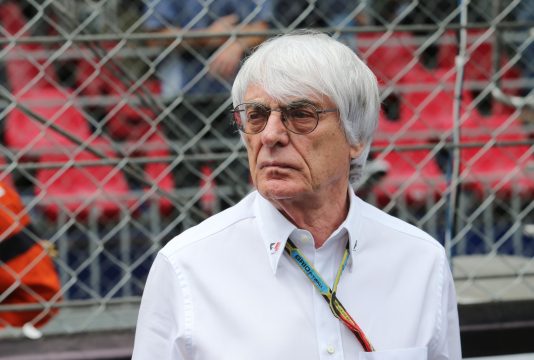

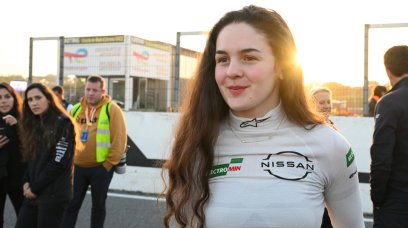












Join the conversation!